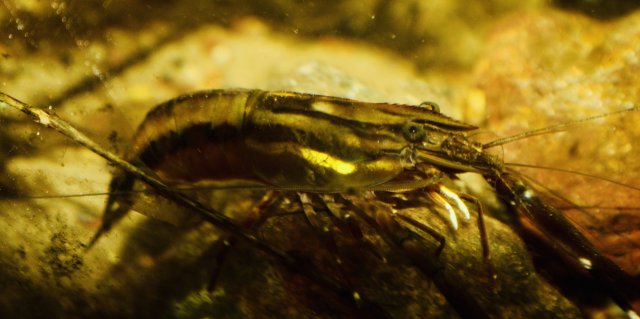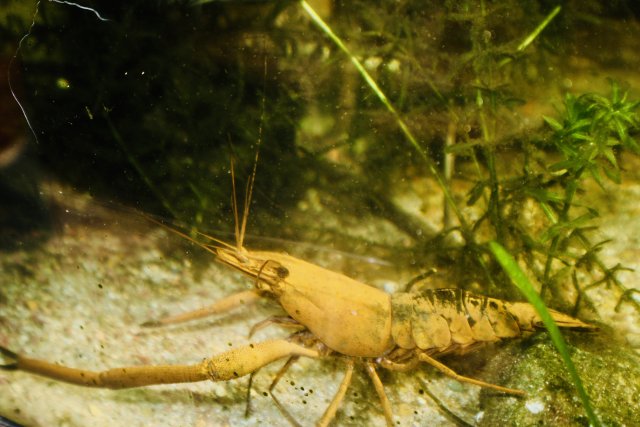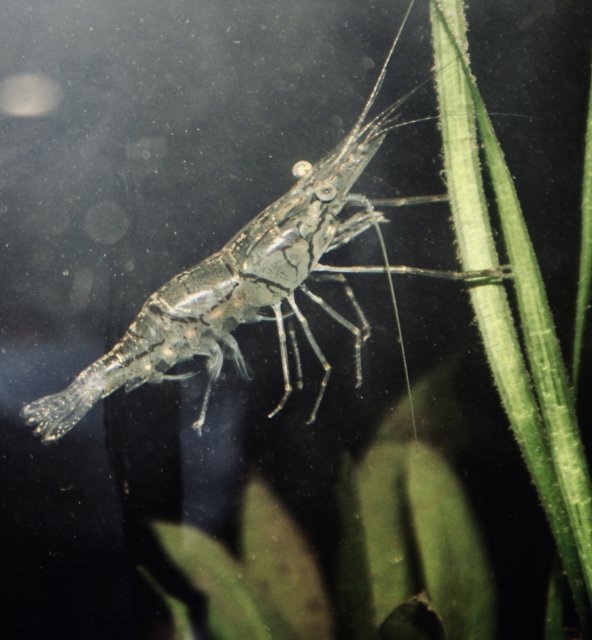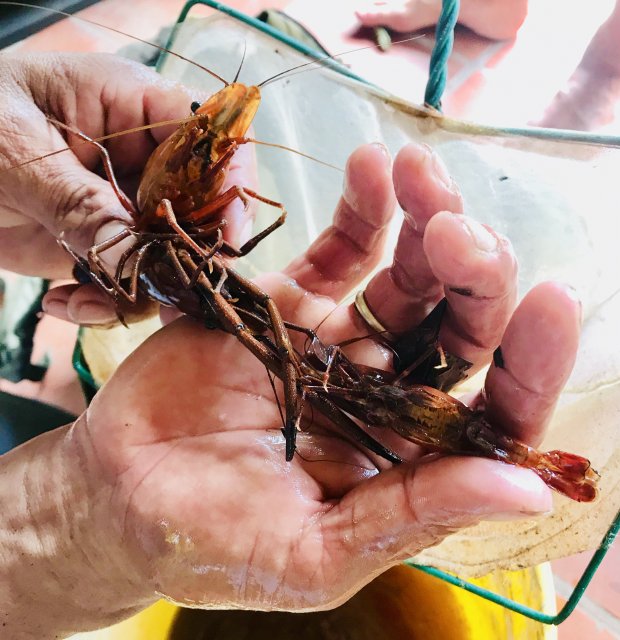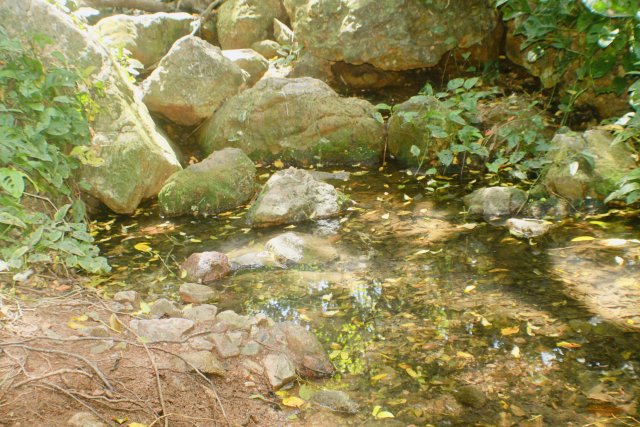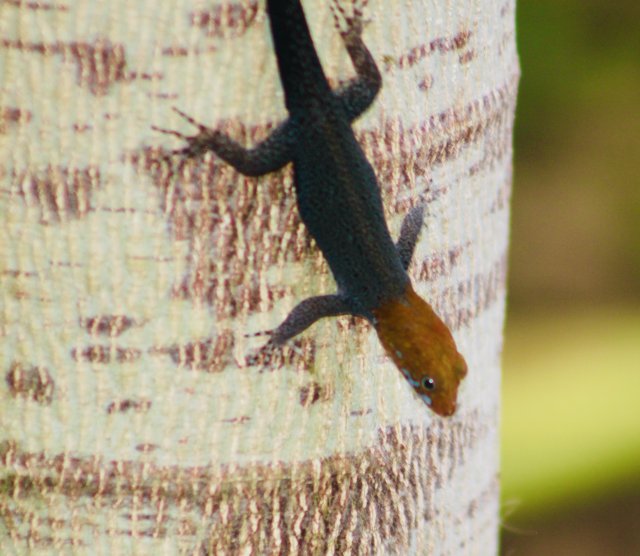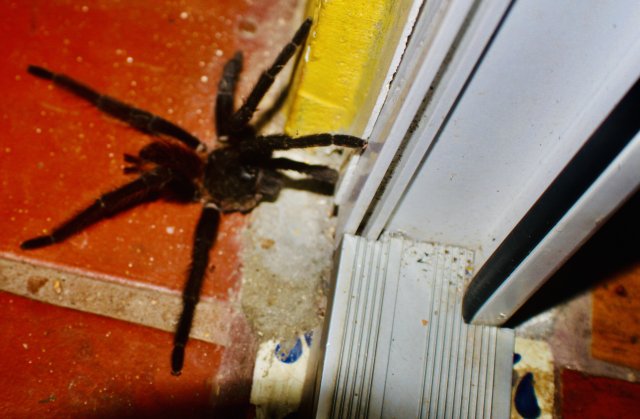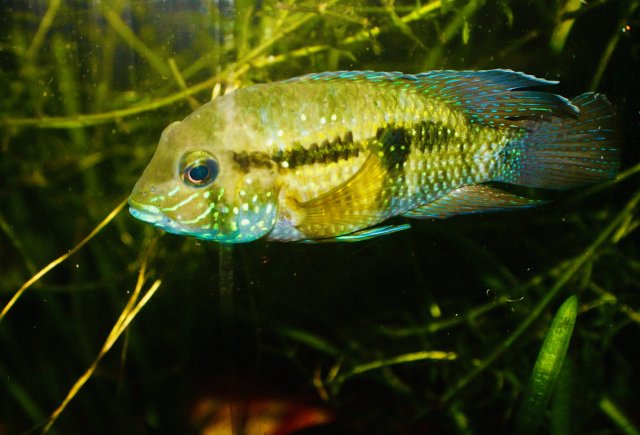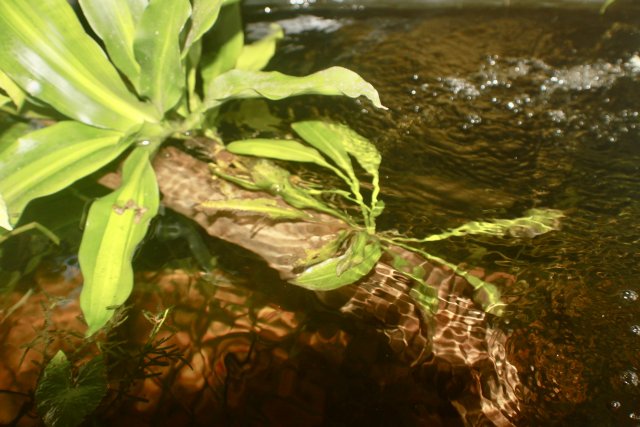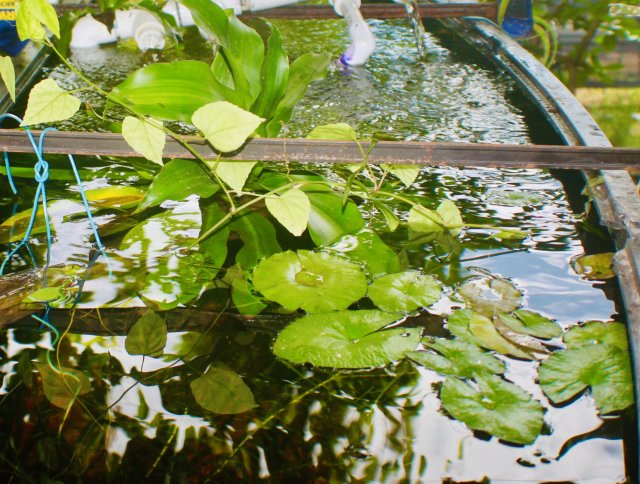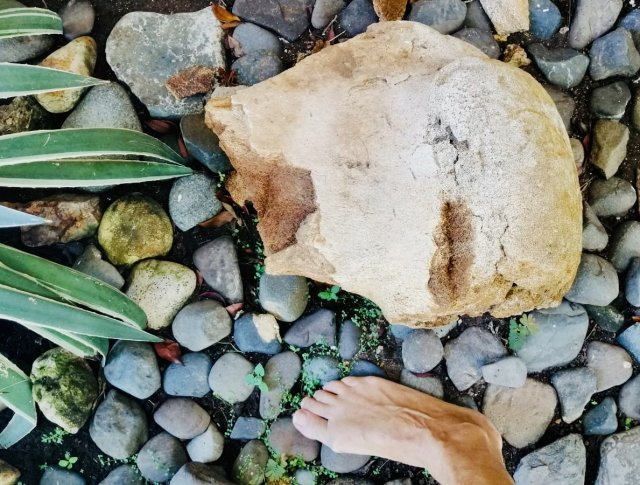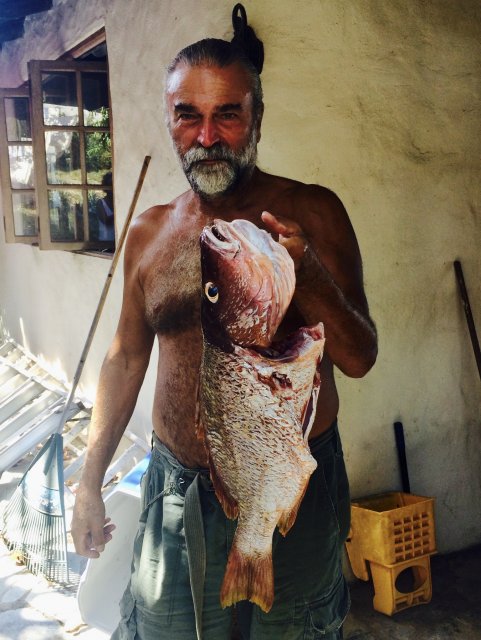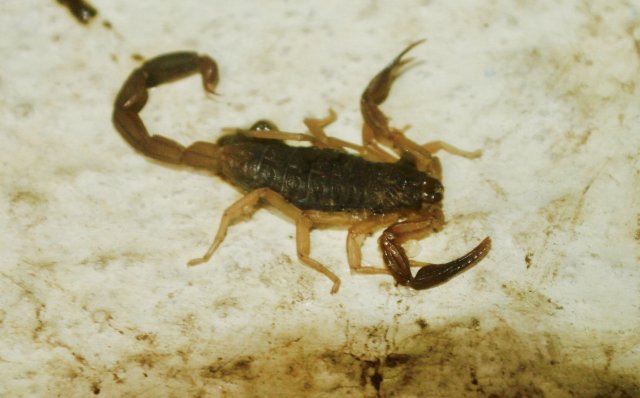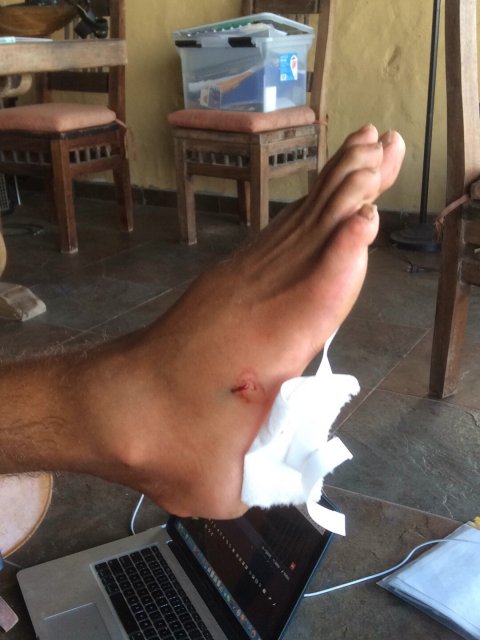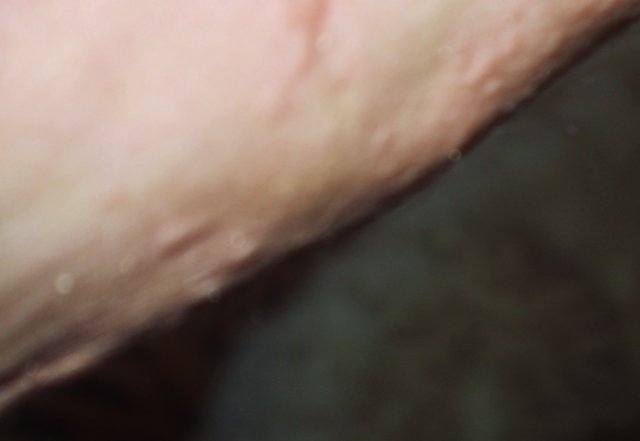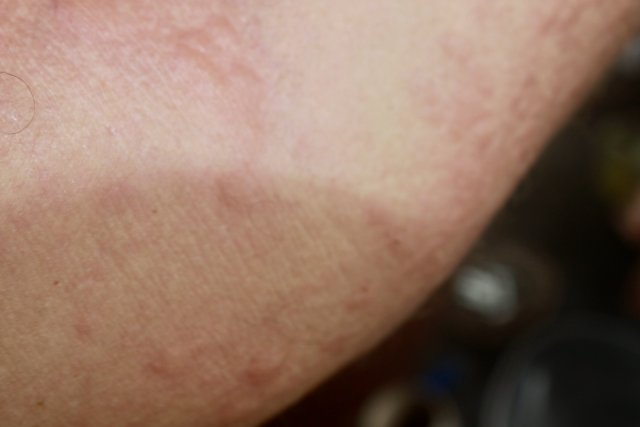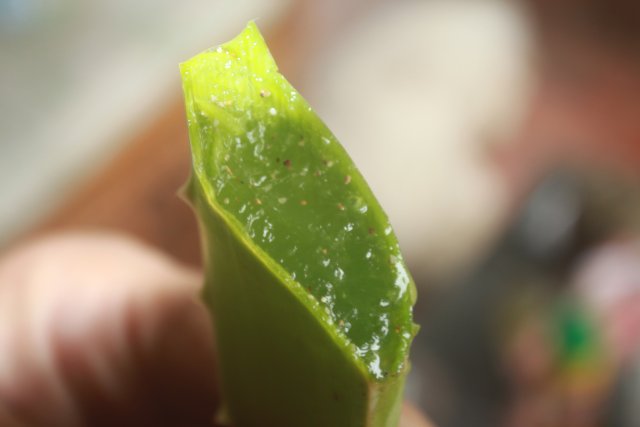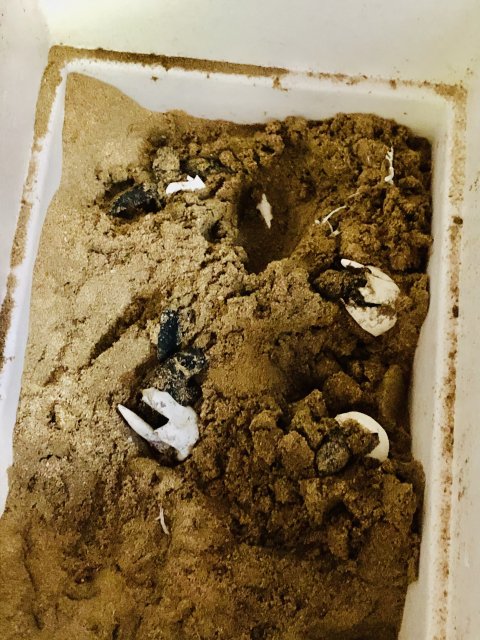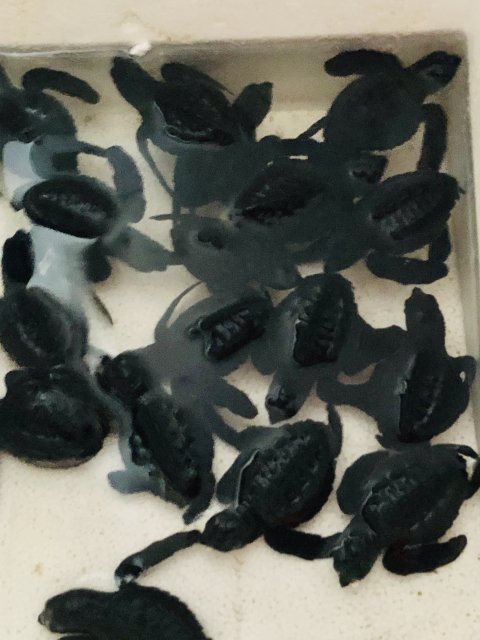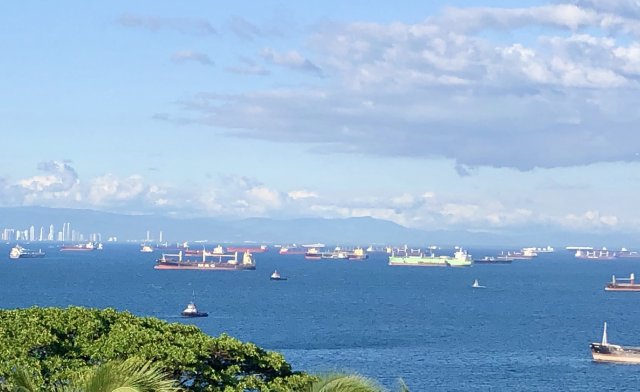Do you have any pictures of the shrimp or know what species they are?
The last of the rainy season deluges are slowing, but still turning the streams that usually just trickle thru Isla Taboga, to rapids, making it difficult to capture the local shrimp. They crawl up under banks, and lodge in the mud.
View attachment 1395647
So when the goby peaks its head out indicating hunger, (maybe every other, or every third day, I give it chunks of fish.
View attachment 1395648
View attachment 1395649
It’s also time for birds to start arriving from their North American, and far South American migrations, just in time for the now ripening papayas.
View attachment 1395650
View attachment 1395651


